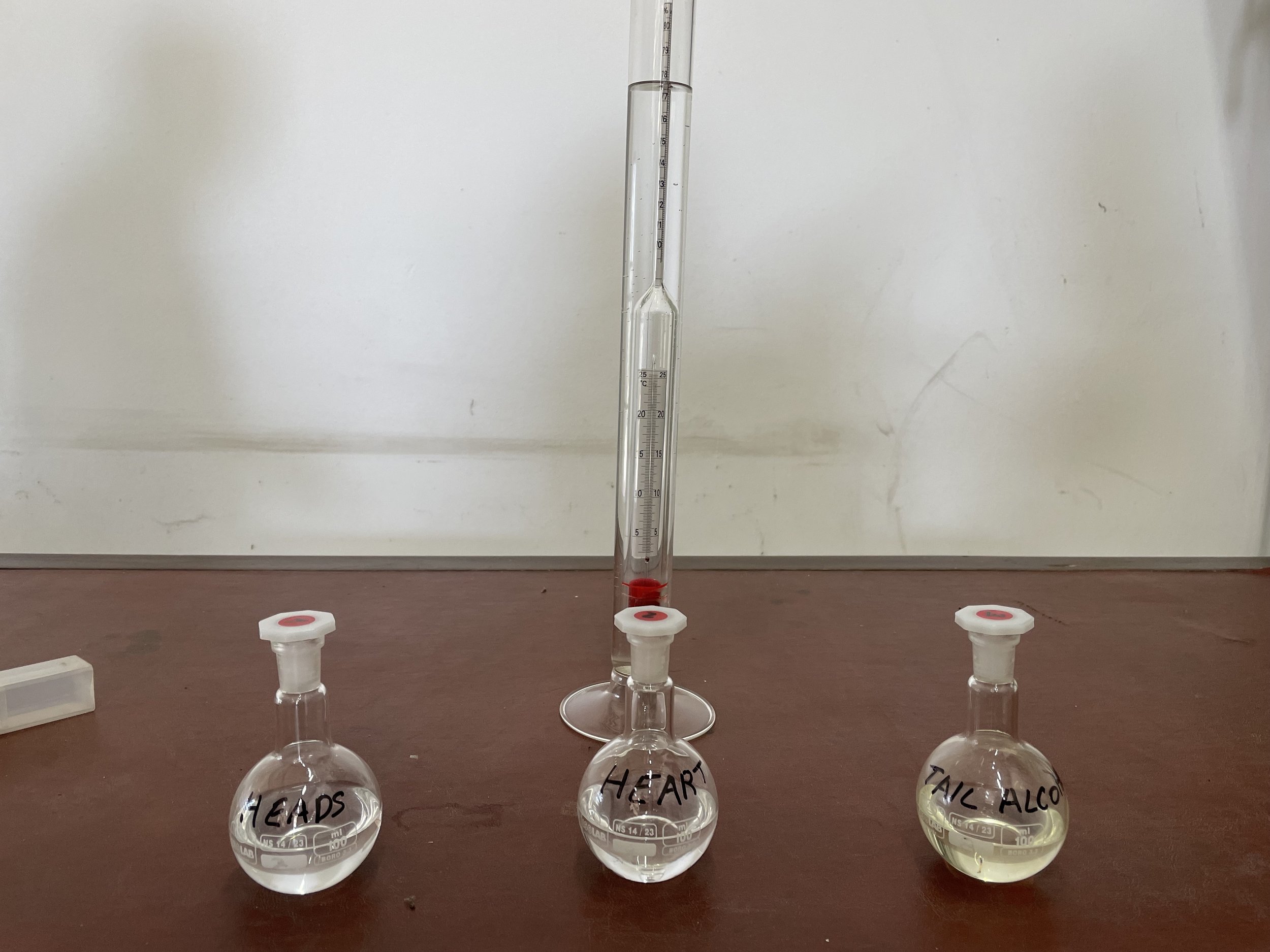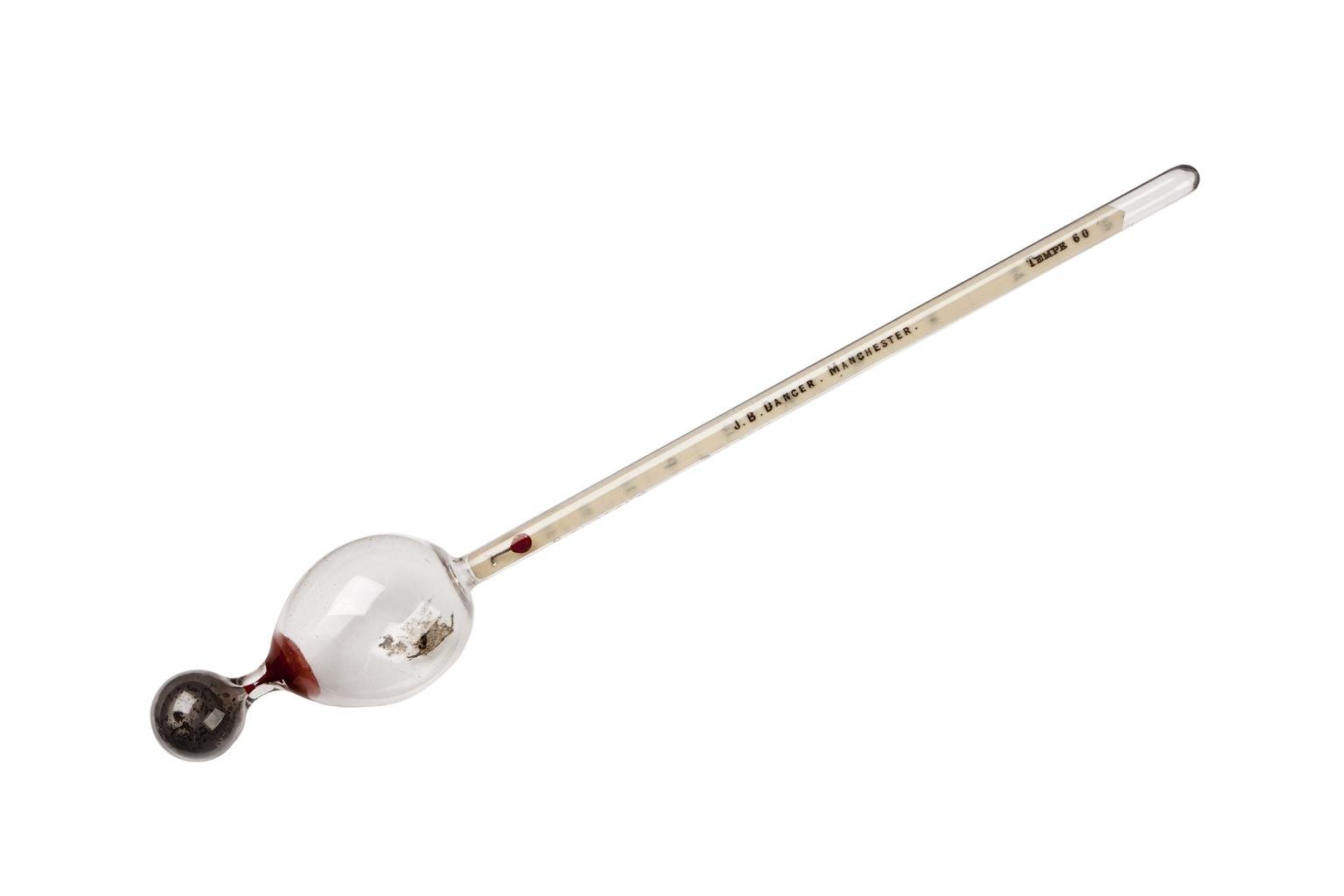What Does Proof Mean in Alcohol Content? And Where Does it Come From?
Alcohol is not like other liquids. It's not measured just in liters, fluid ounces and cups. Alcohol's “proof,” a way of measuring how much alcohol is present per volume, reveals the most about its DNA.
But while the two terms proof and alcohol by volume (ABV) are directly related, they are not the same. A spirit with 40% alcohol by volume is NOT 40 proof.
Paul Hughes of Oregon State University
Alcohol by volume (ABV) vs Proof
Alcohol by volume is usually determined by measuring the density and temperature of a spirit, explains Paul Hughes, assistant professor of food science and technology and head of the distilled spirits program at Oregon State University in Corvallis, Oregon. Proof is a larger number that “is proportional to alcohol content.”
So, why have two different ways of measuring the same thing? Tradition.
The history of proofing
In 16th-century England, authorities separated spirits into two tax categories. If liquor-soaked gunpowder did not ignite when lit, a spirit could be sold at a low tax rate. If, on the other hand, the liquor-soaked gunpowder sparked a fire, it was considered a “proof spirit.” Proof spirits were taxed at a higher rate.
Proofing medieval spirits wasn’t exactly fair, especially because the flammability of alcohol depends as much on the liquor’s temperature as it does on its ABV. But it wasn’t until 300 years later that the English came up with a better system.
"Dancer Hydrometer (hydrometer)" by John Benjamin Dancer is licensed under CC BY-NC-SA 4.0
British vs American Proof
In the 19th century, they set the threshold for high alcohol content at 57.06 percent by volume and considered it equivalent to 100 proof. Precisely measuring the gravity and density of a spirit determined whether it contained more or less alcohol than 57.06%. Those that were more than 100 proof were taxed at a higher rate.
The more scientific methodology stuck. To this day, to get the proof for any spirit in the U.K., you multiply the alcohol-by-volume by 1.75. A bottle of vodka with 40% ABV is 70 proof in England. But don’t go assuming that the British system is equivalent to the U.S. one. That would be far too easy.
In the U.S., proof is two times the percentage of alcohol by volume of a spirit. ABV is doubled to get its proof or, more specifically, the 40% ABV vodka that was 70 proof in the U.K. is 80 proof in the U.S. (Don’t even ask how France measures it on their degrees Gay-Lussac scale).
Density meter. Photo with linked credit "File:DS7800 gw.jpg" by A. Krüss is licensed under CC BY-SA 3.0
Beer vs Spirits
Neither proof nor alcohol by volume are standardized, but “it’s the nature of the beast,” says Hughes, that beer contains less alcohol than spirits. During fermentation, the yeast that breaks down the sugars in the brew’s grain typically becomes inactive when the ABV rises above 10%. Unlike spirits, beer is not distilled after fermentation to separate out the water from the alcohol and produce higher concentrations of ABV.
Within those parameters though, whether a beer is 10 proof or 15 proof, or whether a spirit is 80 proof or 100 proof, can be controlled in principle. “Beer has traditionally been brewed to a specific strength, but modern brewers often ferment at higher strengths then [dilute it, a technique called] high gravity brewing,” explains Hughes. “Distillers [also] arbitrarily control the strength of their spirits by dilution before downstream modifications such as maturation.”
Since proof and alcohol by volume measure the same thing, paying attention to just one of them is all the information you really need. Just don’t go confusing the two: no one wants to drink a 15% ABV beer, 15 proof is plenty.




